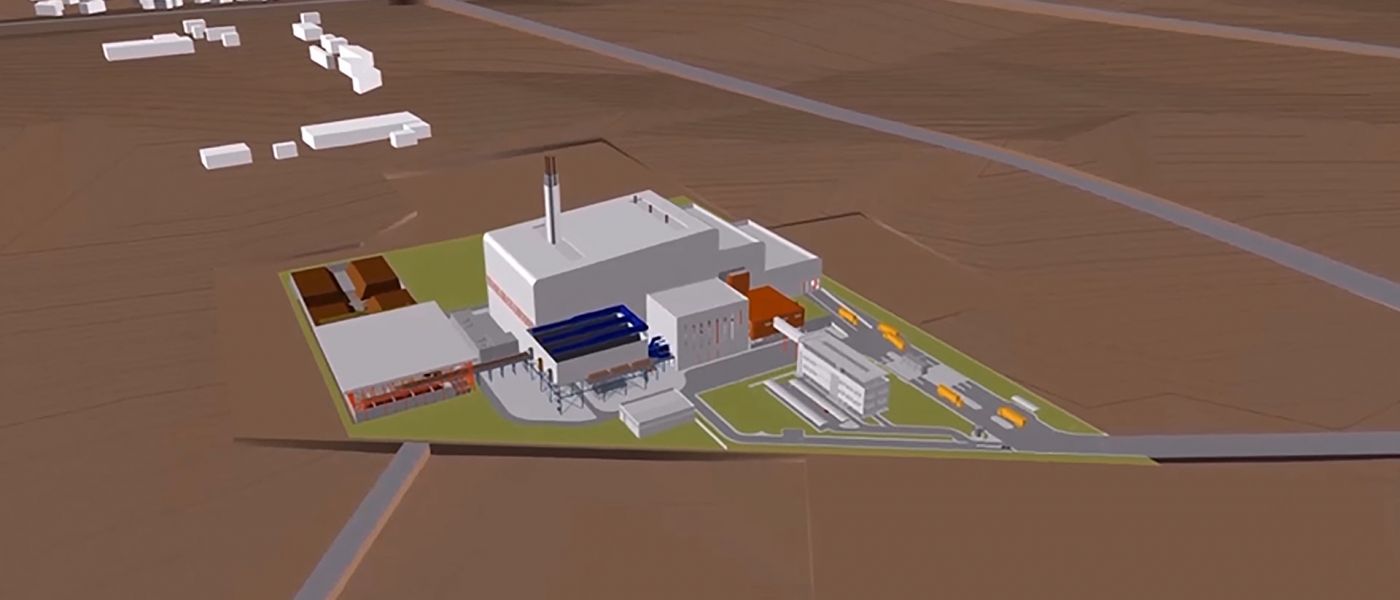
The world’s largest waste-to-energy plant is going to be fully operational in 2020 in the city of Dubai. While it will generate electricity from solid waste that would otherwise fill up landfills, it’s not a definitive solution against pollution.
Waste-to-energy (WET) plants are mushrooming all over the globe as an alternative to dumping garbage in landfills. These plants burn waste in a controlled environment, using the resulting heat to power a turbine that produces electricity. Most recently, the Government of Dubai has announced that it intends to build the world’s largest WET plant to date.
While they do emit a significant amount of CO2 in the process, these plants are far less polluting than landfills where waste decomposes slowly releasing methane, a greenhouse gas much more powerful than carbon dioxide.
The plant in Dubai will be built on a 2-hectare plot of land and will compete in size with the Chinese Shenzhen East WET Plant, another giant in the field.
It is expected to process up to two million tons of solid waste every year — this is about 60 percent of the waste produced in the city. According to Gulf News, Dubai’s residents will enjoy additional 185 MW every day, which could power 120,000 homes.
This plant is a collaborative effort between the Dubai Municipality, the Dubai Electricity and Water Authority, Swiss company Hitachi Zosen Inova, and Belgian construction company Besix Group. It will cost the equivalent of $680 million, and should be fully operational by 2020.
In theory, the idea of converting garbage into energy seems like the perfect way to reduce the number of landfills while creating useful electricity. But while new systems are superior to older incineration methods, they still produce carbon.
Some developers are already exploring the possibility to equip WTE plants with carbon capture and storage technologies, which would neutralize all their heat-trapping emissions, but this is unlikely to become reality in the near future. Significantly reducing landfill size is an achievement in itself. Not only are dumpsites polluting the air, but they also contaminate the soil with dangerous chemicals. However, WTE technologies still have a long way to go before they can be considered a truly green technology.
Avots: Futurism